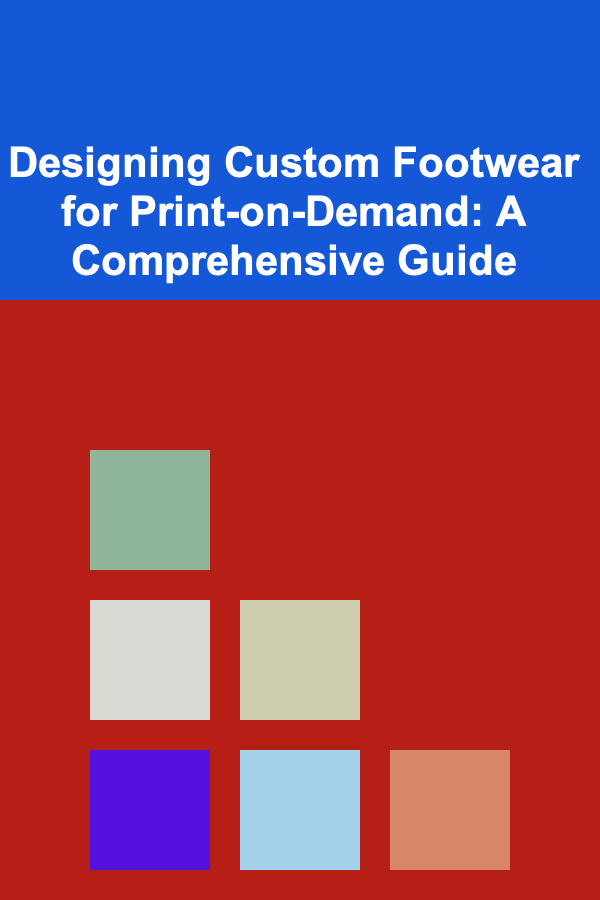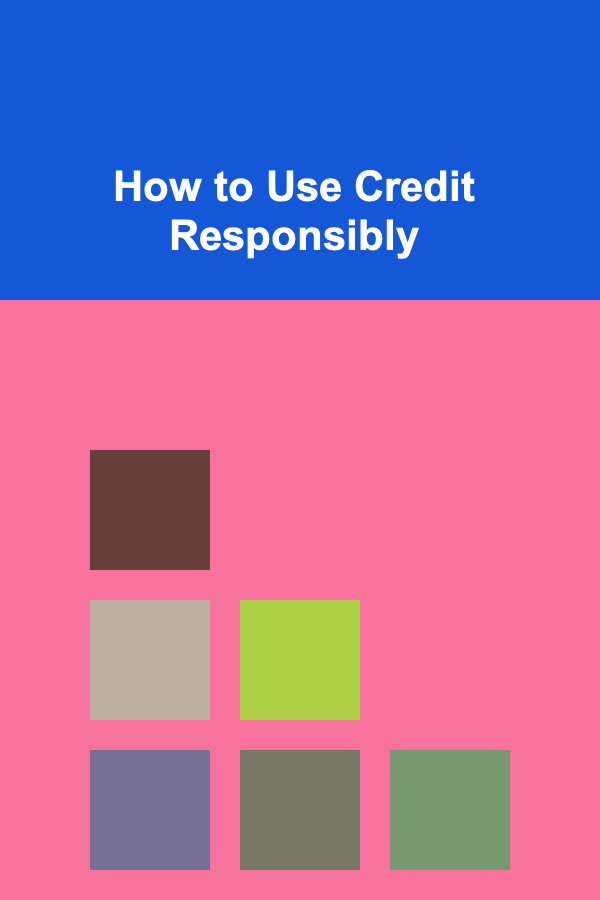
10 Tips for Designing a Visually Appealing Music Listening Planner
ebook include PDF & Audio bundle (Micro Guide)
$12.99$9.99
Limited Time Offer! Order within the next:
Not available at this time

Music is a universal language that connects people, sparks creativity, and evokes emotions. For music enthusiasts, organizing and curating a collection of music isn't just about cataloging songs---it's an experience. Creating a music listening planner can be a perfect way to document, organize, and enhance your musical journey. But what makes a music listening planner truly engaging and functional? The design.
A visually appealing music listening planner combines utility with aesthetics, making it enjoyable to use and functional for the task at hand. Whether you're a seasoned music lover or someone who enjoys discovering new tunes, a well-designed planner can elevate your listening experience.
In this article, we'll explore 10 key tips for designing a visually appealing music listening planner. From layout considerations to aesthetic elements, these tips will guide you in creating a planner that reflects your musical tastes while remaining practical and easy to use.
Choose an Intuitive Layout
When designing a music listening planner, the layout plays a vital role in how users will interact with it. A well-thought-out layout ensures that the planner is both easy to navigate and visually engaging. Consider the following when designing the layout:
- Sections for Different Categories: Divide the planner into sections that suit your listening habits. For example, you might include sections for genres, artists, albums, playlists, or mood-based collections.
- Daily or Weekly Listening Logs: Include a section where users can track daily or weekly listening habits. You can create a table with columns for the date, song/album, artist, genre, mood, and thoughts or reviews.
- Prioritize Simplicity: An overly complex layout can be overwhelming. Focus on clean, organized sections with ample space for notes, lists, and checkboxes.
- Consistent Alignment: Maintain consistent spacing and alignment between text and visual elements. A clean and balanced layout will make the planner aesthetically pleasing and easy to use.
Incorporate Your Personal Style
A music listening planner should reflect the personality and preferences of the person using it. You can infuse your personal style into the design by considering the following elements:
- Typography: Choose fonts that match the mood and theme of your music taste. For example, if you love classical music, you might opt for elegant serif fonts, while a more modern, edgy look could call for bold sans-serif fonts.
- Color Palette: Select a color palette that resonates with the overall vibe of the music genres you enjoy. For example, soothing pastels might work well for ambient or classical music, while vibrant hues could be ideal for pop or indie genres.
- Illustrations and Graphics: Use graphics, such as music notes, instruments, or abstract designs, to bring the planner to life. You can even include visual elements representing different genres or moods---think retro cassette tapes for 80s music or neon lights for modern pop.
Use a Grid System for Consistency
A grid system can greatly enhance the readability and structure of your planner. It ensures that everything is aligned properly and makes the planner easier to navigate. A grid system can be especially helpful in the following areas:
- Daily and Weekly Logs: Use grids to neatly organize information like the date, songs, and notes. This will make it easier to track your listening habits and reflect on your progress over time.
- Genre and Artist Lists: Create a consistent format for categorizing music by genre, artist, or album. A grid structure can help you break down your music collection into clear, accessible categories.
- Mood Trackers: Include a mood tracker where you can record how you felt during each listening session. A grid layout with color-coded moods can help you visually track your emotional connection to different songs.
Include Space for Notes and Reflections
Music is often more than just sounds---it's an experience. For many listeners, reflecting on the emotional impact of a song or album is part of the enjoyment. Include plenty of space for notes and reflections throughout the planner:
- Personal Reviews: After listening to an album or a playlist, write down your thoughts. Include sections for track-by-track reviews, overall impressions, and what you learned about the artist or genre.
- Music-Related Quotes: Add space for inspirational or thought-provoking quotes related to music. You can even leave room for jotting down lyrics that resonate with you.
- Mood Journal: Encourage the user to reflect on their emotional state before, during, and after listening. Include space for jotting down how the music made them feel and whether it triggered specific memories or thoughts.
Provide Space for Goal-Setting
A music listening planner can be a tool not only for cataloging songs but also for setting and achieving musical goals. Whether you want to explore new genres, discover more artists, or develop a deeper understanding of music theory, a planner can help you track your progress:
- Listening Goals: Set specific goals for the number of albums, genres, or artists you want to explore within a certain timeframe. You can use checklists or progress bars to visually track your accomplishments.
- Musical Milestones: Celebrate your musical journey by marking milestones. This could include discovering a new genre, completing a listening challenge, or attending live performances.
- Learning Goals: For those interested in music theory or learning an instrument, include a section for tracking your progress. Whether it's mastering a scale or understanding a particular genre's structure, this section can help keep you motivated.
Utilize Visual Hierarchy
Incorporating a visual hierarchy in your planner will make it easier for users to find important information quickly. By organizing elements according to importance, you can create a sense of order and guide the eye across the page naturally.
- Headings and Subheadings: Make sure your headings stand out using larger fonts or bold formatting. Subheadings can be slightly smaller to differentiate them from the main categories.
- Emphasize Key Information: Highlight key elements such as the name of the artist, album, or playlist using contrasting colors or boxes. This draws attention to the most relevant parts of the planner.
- Consistent Styling: Keep font sizes and styles consistent for similar categories to maintain a uniform design throughout the planner.
Add Interactive Elements
To make the planner more engaging, consider incorporating interactive elements that encourage users to actively engage with the content. Here are some ideas:
- Checklists: Add checkboxes next to albums or artists you want to explore. This adds an element of gamification to your planner, motivating you to complete your listening goals.
- Rating System: Include a star-rating or numbered system where you can rate songs, albums, or playlists after listening. This gives you a quick overview of your favorites.
- Interactive Tracklists: Create interactive tracklists where you can mark songs you've listened to or are still interested in exploring. This can also be a place to add notes or favorite tracks.
Design for Easy Navigation
The user experience (UX) of the planner is just as important as its visual appeal. A well-designed planner should make it easy for you to find what you're looking for and keep track of your progress. Consider the following design features to improve navigation:
- Tabs or Dividers: If your planner is a physical book or binder, include tabs for different sections such as genres, artists, or playlists. For digital planners, use navigation buttons or dropdown menus to help users jump between sections quickly.
- Color-Coding: Use color-coding to differentiate between different genres, moods, or types of music. This makes it easy to navigate through the planner and find what you're looking for at a glance.
- Consistent Layout: Keep the layout consistent across different sections. Use similar column widths, font sizes, and spacing to create a sense of cohesion throughout the planner.
Create a Personalized Cover
The cover of your music listening planner is the first thing you'll see, so it should reflect your personal taste in music. A custom cover design sets the tone for the rest of the planner and can make it feel more personal and inviting:
- Album Art: Use album art from your favorite albums or create a collage of album covers that have shaped your musical journey.
- Illustration or Graphic Design: Commission or create a unique illustration that represents your style. This could be abstract, musical, or even a visual representation of your favorite genre or band.
- Inspirational Text: Add a quote or lyric that resonates with you or inspires your musical journey. This can help set the tone for your listening experience.
Consider Digital Versions for Accessibility
While a physical planner has its charm, consider also designing a digital version. A digital music listening planner can be accessed anywhere, from your phone to your tablet or computer, making it incredibly convenient.
- Interactive Features: Digital planners can include features like hyperlinks, multimedia links to songs or albums, and interactive checklists.
- Syncing: Consider creating a cloud-based digital planner that allows you to sync your music lists across multiple devices. This way, you can access your planner wherever you go.
- Customization: A digital planner is easy to update and customize. You can add new categories, music sources, and widgets as your tastes evolve.
Conclusion
Designing a visually appealing music listening planner is a creative and rewarding project that enhances your musical experience. By combining practicality with aesthetics, you can create a planner that not only helps you organize your music but also makes the process enjoyable. Whether you're a casual listener or a music connoisseur, a beautifully designed music listening planner will keep your passion for music alive and well-organized for years to come.
By following these 10 tips, you can create a planner that not only looks great but also helps you stay motivated, track your progress, and enhance your musical journey. So, start designing, and let your music exploration flourish!

How to Create a Checklist for Negotiating Non-Compete and Confidentiality Clauses in Partnerships
Read More
How to Organize a Family Movie Marathon Weekend
Read More
Mastering Business Consulting: Essential Skills for Transforming Companies
Read More
How to Bake Your First Perfect Chocolate Chip Cookies
Read More
Designing Custom Footwear for Print-on-Demand: A Comprehensive Guide
Read More
How to Use Credit Responsibly
Read MoreOther Products

How to Create a Checklist for Negotiating Non-Compete and Confidentiality Clauses in Partnerships
Read More
How to Organize a Family Movie Marathon Weekend
Read More
Mastering Business Consulting: Essential Skills for Transforming Companies
Read More
How to Bake Your First Perfect Chocolate Chip Cookies
Read More
Designing Custom Footwear for Print-on-Demand: A Comprehensive Guide
Read More